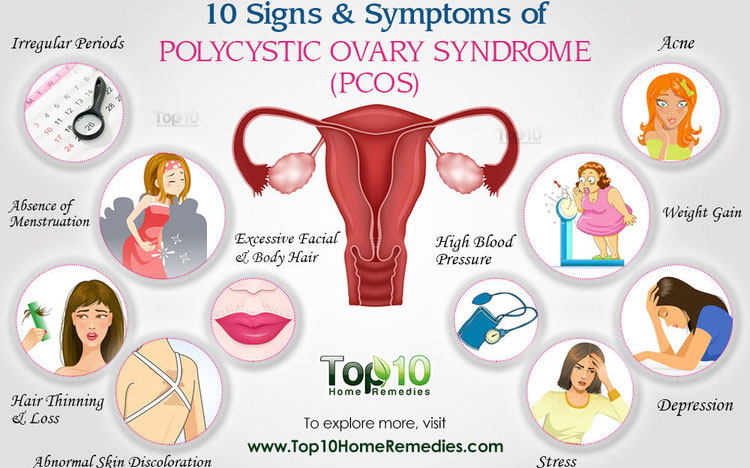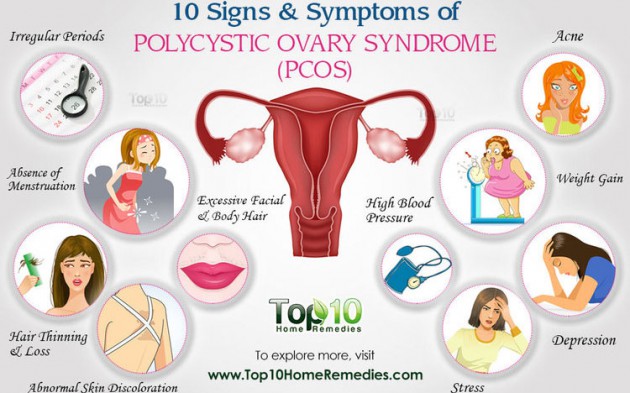Understanding Polycystic Ovarian Syndrome

Dr Lisa Watson
Polycystic ovarian syndrome (PCOS) affects up to 1 in 10 women. It truly is a multi-headed beast – each woman manifests the hormonal imbalances and symptoms of PCOS differently.
Only through understanding the underlying imbalances unique to each woman can we hope to overcome polycystic ovarian syndrome and achieve balanced, vibrant health.
What is PCOS?
PCOS is a “syndrome” – in medical language that means it is a condition characterised by a group of symptoms, not all of which are necessary for diagnosis. To be diagnosed with PCOS you must have two of the following:
◆ Infrequent or no ovulation (irregular or long menstrual cycles or no menstrual periods)
Signs or symptoms (or laboratory testing) showing high androgens (testosterone or dihydrotestosterone) – these include acne, abnormal hair growth, hair loss, darkening skin at skin folds
◆ Polycystic ovaries on ultrasound
As you see it is possible to have PCOS and not have polycystic ovaries! It is a syndrome that results from hormone imbalances in the body – hormones that directly impact the ovaries and ovulation.
Causes of Polycystic Ovarian Syndrome
What causes the hormone imbalance that leads to the symptoms associated with polycystic ovarian syndrome?
We don’t have a clear answer to that for every woman. There are some risk factors associated with developing PCOS, but women with no risk factors can still develop this syndrome.
Risk Factors for PCOS
Genetics
Family history of diabetes
Obesity
Insulin resistance
High blood sugar
Low blood sugar
Use of seizure medication (valproate)
Hormones and Polycystic Ovarian Syndrome
There are a vast number of hormonal imbalances that are intricately intertwined in PCOS.
A brief summary is given below, for a more in depth exploration, please read the article Hormones and Polycystic Ovarian Syndrome.
Testosterone and dihydrotestosterone (DHT) – levels of free and total testosterone are often elevated. Production of androgens (male hormones) in the ovaries is increased in PCOS.
The increased levels of testosterone and DHT lead to the characteristic acne associated with PCOS.
Luteinising hormone (LH) – increased LH is characteristic of PCOS. The diagnosis of PCOS is often identified when the LH:FSH ratio is greater than 2:1.
Follicle stimulating hormone (FSH) – can be low or normal. The lack of ovulation that occurs in PCOS is partially due to the lack of follicle response to FSH.
Sex hormone binding globulin (SHBG) – levels are decreased. SHBG binds to testosterone and DHT, rendering them biologically unavailable. With low levels of SHBG, increased action of testosterone is seen in tissues (resulting in hair loss, abnormal hair growth, and acne).
Insulin – high levels of insulin, or resistance to insulin in the tissues, is thought to be a primary cause of PCOS.
Many doctors think that insulin imbalances are the first step in the cascade of hormone imbalances that occur in PCOS.
Symptoms of PCOS
The symptoms of PCOS occur as a result of the hormonal imbalances at the root of this condition. Your symptoms can help guide an experienced clinician to identify the dominant imbalances resulting in your PCOS.
Common symptoms of PCOS:
Obesity and weight management issues (only in 40-50% of PCOS sufferers)
Acne (typically along the chin and around the mouth)
Oily skin
Polycystic or enlarged ovaries (found on ultrasound)
Blood sugar imbalances (“hangry”, dizziness, lightheadedness)
Darkening of skin at skin folds (acanthosis nigricans)
Long or irregular menstrual cycles (due to lack of ovulation)












Comments